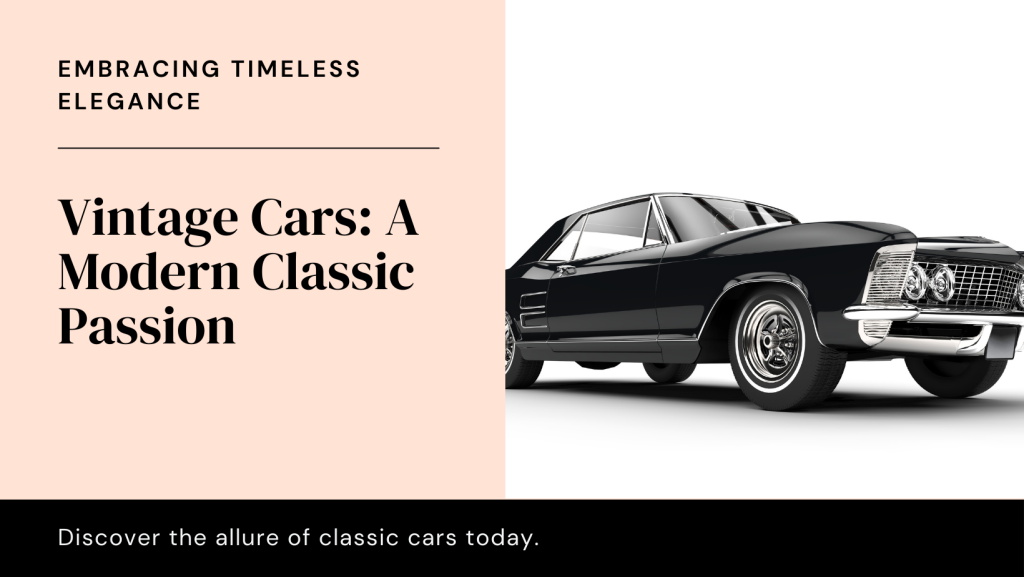Vintage cars continue to captivate enthusiasts and collectors alike, blending classic charm with modern-day appreciation. In the context of today’s automotive landscape, these vehicles offer unique experiences and challenges that make them highly sought after.
Historical Significance: Vintage cars embody a rich automotive heritage, representing significant milestones in design, engineering, and cultural impact. Models from iconic manufacturers such as Ford, Chevrolet, Mercedes-Benz, and Ferrari evoke nostalgia and fascination among enthusiasts. Each vehicle tells a story of its era, from the elegant curves of pre-war classics to the powerful engines of mid-century muscle cars.
Restoration and Preservation: Restoring a vintage car to its former glory is a labor of love for many enthusiasts. From sourcing authentic parts to painstakingly recreating original paint colors and interior finishes, restoration projects require craftsmanship and attention to detail. Modern techniques in automotive restoration, such as 3D printing for rare components and advanced paint restoration technologies, enable enthusiasts to preserve historical accuracy while ensuring reliability and safety for contemporary road use.
Investment Value: Vintage cars have also become sought-after investments, with values often appreciating over time. Rarity, historical significance, and meticulous restoration can significantly enhance a vehicle’s market value. Collectors and investors carefully track market trends, auction results, and expert appraisals to identify promising opportunities in the vintage car market. For enthusiasts, the emotional and historical value of owning a piece of automotive history often outweighs financial considerations.
Driving Experience: Despite their age, vintage cars offer a distinctive driving experience that modern vehicles often cannot replicate. The mechanical simplicity and tactile feedback of manual transmissions, responsive steering, and unassisted brakes provide a direct connection between driver and machine. Cruising in a vintage convertible or navigating winding roads in a classic sports car evoke a sense of adventure and nostalgia, appealing to those who appreciate the artistry of automotive engineering.
Cultural Iconography: Beyond their mechanical prowess, vintage cars hold a special place in popular culture and media. From Hollywood classics featuring iconic cars to vintage car shows and rallies celebrating automotive heritage, these vehicles continue to inspire and captivate audiences worldwide. Collectors and enthusiasts actively participate in events, exhibitions, and online communities dedicated to preserving and celebrating vintage car culture.
In conclusion, the enduring appeal of vintage cars in the modern era lies in their historical significance, craftsmanship, investment potential, driving experience, and cultural iconography. Whether restoring a classic model or appreciating its timeless design on the road, enthusiasts and collectors cherish these automotive treasures for their ability to transcend time and evoke a sense of nostalgia and admiration.

